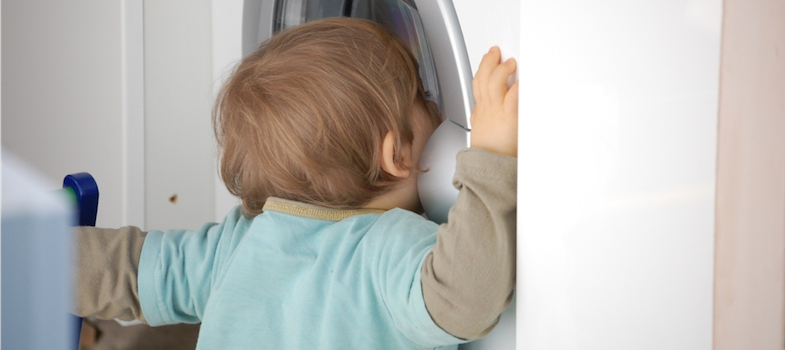Activity 2.2 Transcript
Sue: When I used the first-person narrative, I found it very empowering actually. It really made me focus right in on the child and what they were doing. But it was almost like you’re noticing all the tiny little things, but you’re not really analysing it at the time because you’re just so busy watching and getting it down. So I suppose when it became interesting was when you’d go back and read it through and then analyse what you’ve seen. So I think that it is a very powerful tool.
Margje: I think using the first-person narrative was one of the main benefits for me from doing the research. And now that is possibly the thing I’ve brought forward and that I’m still using. So even though it may not be a written observation, it’s still the way I think in my head.
[Children talking]
Sue: When I first did the first In-the-Picture observation, I had a notepad. I obviously prepared the parent first and had a notepad, and I actually just sat back quietly in the room and just watched them play. It was different for the child because they were used to me interacting in a slightly different way, so I wasn’t sure how that would go. Actually it was fine.
[Children talking]
Margje: It was just a different way, because obviously we start interacting with the child straightaway when you come into the room and that stepping back and being quiet is quite difficult. I know the parents on one of those types of observations did interact a tiny bit with the child, prompting verbally, although I set the scene to say that we’ll just sit back and watch. The challenge also is to keep up with everything in the writing because when you’re not used to doing that that’s quite difficult. And you can’t do it for a long, I found it quite hard, you can’t do it for a long period of time. I think it’s something you get better at possibly. Yeah it was quite challenging initially to get everything down.
For me I feel although I used the first-person narrative, am I actually right? So it can be causing a little bit of doubt sometimes.
[Children talking]
Sue: I just think you see it in a different way because you’re seeing it through the child’s eyes, which obviously is what we’re all about and what we want to do. But it just made you, when you read it back what you’ve written you just feel you’re in there a little bit more. And you notice more. There’s no doubt about it, you notice more about what’s going on with that child.
Margje: So you’d still make assumptions, isn’t it, because you don’t actually know what the child is thinking, you don’t actually, he can’t tell you most of the time at least for our children, they don’t speak on that level that they can explain everything to you. So I think even though you use the first-person narrative you’re still somewhere in there yourself as well making your own assumptions of what they may think. And I may be wrong, but I think it still works in general, even if it may not be completely right and it may not be what the child is thinking because it’s a reflective tool. And I often use it: does it actually make sense what I’m doing in the eyes of the child?
Sue: The difference for me for writing the observation in the first person was that it made me home in much more on what was going on with the child. I was able to look through the child’s eyes a little bit more. Rather than sort of sitting and being an observer from the outside, it made me feel as if I was seeing it through the child’s eyes. And that was very empowering, I guess, yeah.
[Children talking]
Sue: It did reveal some new things for me. So when I was working with one little boy, it showed me that he wasn’t familiar with imaginative play. And so that was something then that we could focus on with further visits, and mum was going to work with that with him. It also showed that his language and knowledge of nouns around that play was much better than we realised.
[Children talking]
END OF RECORDING
